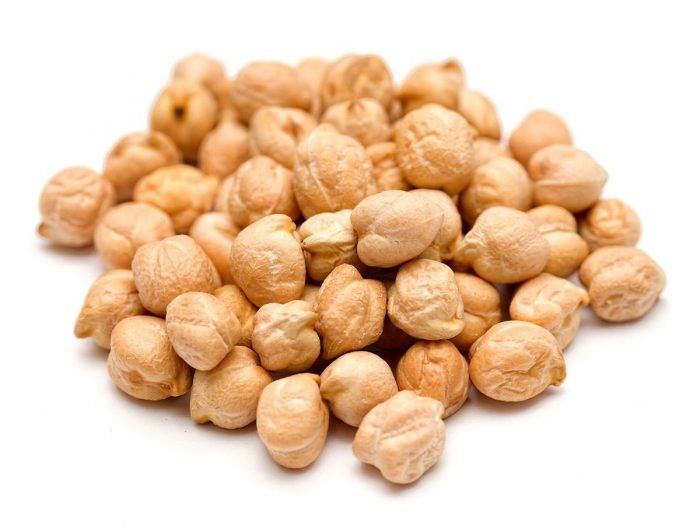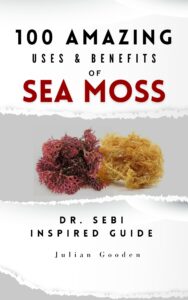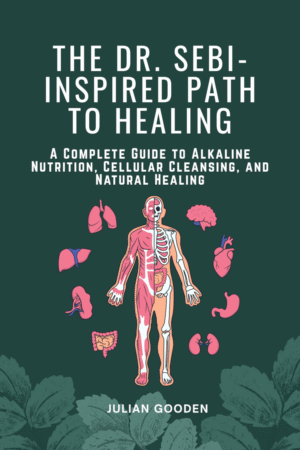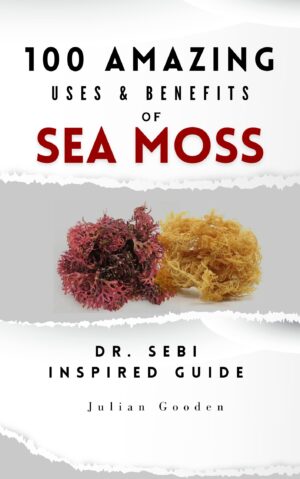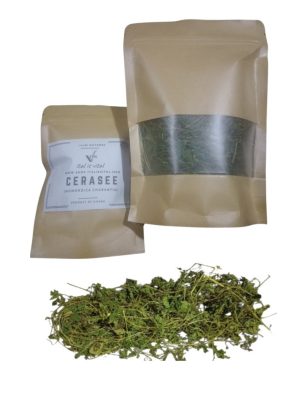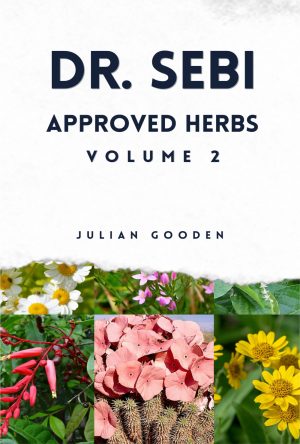Dr. Sebi’s reasoning for excluding most beans (while allowing chickpeas/garbanzos) comes down to his core principle of natural, non-hybrid, alkaline foods – those that are closest to what nature created, with electrical properties the body can recognize and use efficiently.
Here’s a breakdown of his reasoning:
1. Most beans are hybrid or starch-heavy
Dr. Sebi taught that the majority of modern beans (kidney, pinto, black, navy, lentils, etc.) are hybridized plants, that is, man-made crosses created through selective breeding.
- These hybrids, he said, lack the natural molecular structure the human body was designed to process.
- They tend to be high in starch, which the body converts to sugar, leading to mucus formation and acidic conditions.
- Hybrids have unnatural chemical bonds, producing “incomplete” or “inconsistent” energy that disrupts the body’s electrical balance.
2. They burden the digestive system
Beans – especially those high in lectins and phytic acid – are difficult to digest, leading to:
- Gas and bloating
- Fermentation in the gut
- Interference with mineral absorption
These anti-nutrients are natural plant defenses.
3. Why Chickpea (Garbanzo Bean) Was an Exception
Chickpeas are one of the few “least detrimental foods”. Dr. Sebi approved them because:
- They are less hybridized than most beans.
- They have a lower starch content.
- They contain more natural iron and phosphorus, minerals vital to the concept of cellular “electrical energy.”
- When sprouted or prepared naturally, they are easier to digest and maybe produce little or no mucus in the body.
4. Summary
| Category | Dr. Sebi’s View | Reason |
|---|---|---|
| Kidney, pinto, black beans, lentils | Not recommended | Hybridized, acidic, high starch |
| Soybeans | Strongly rejected | GMO, high phytic acid, hormone disruptor |
| Chickpeas (Garbanzo beans) | Allowed | Less hybridized, alkaline, mineral-rich, more natural balance |


